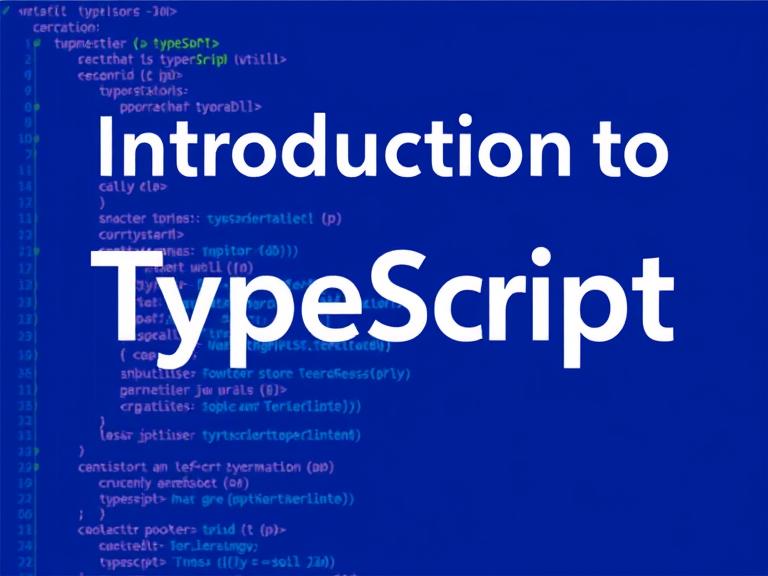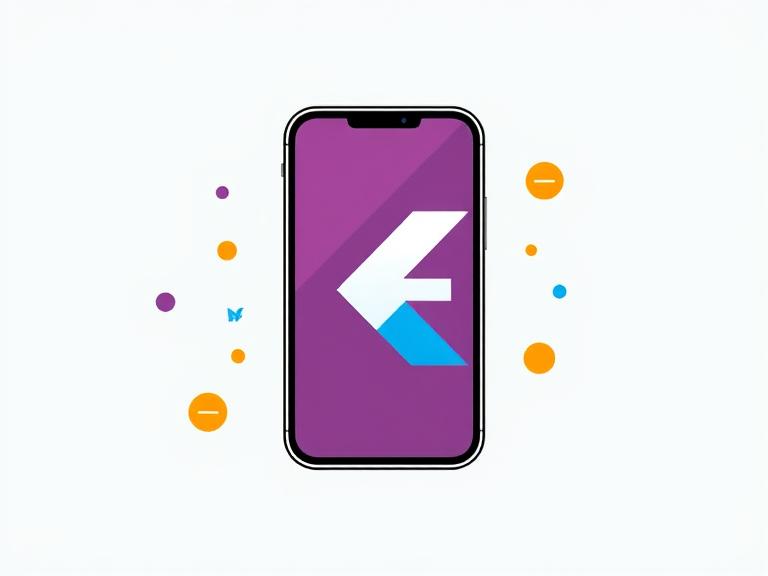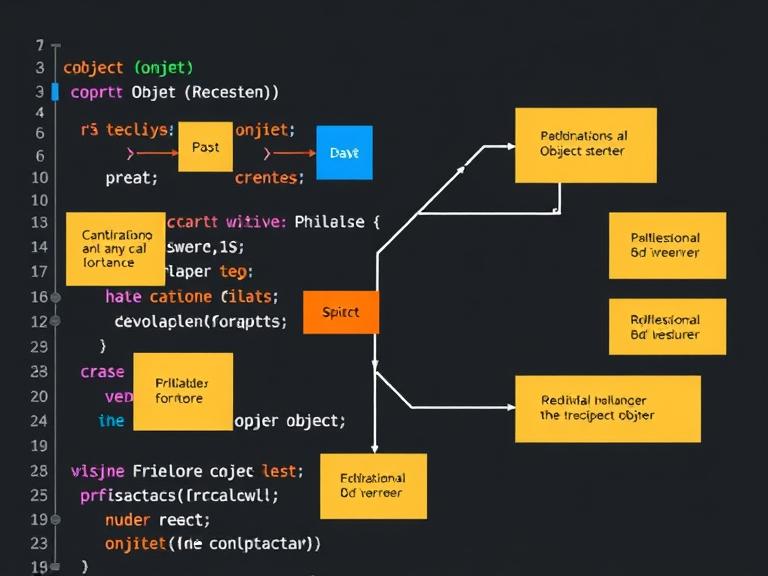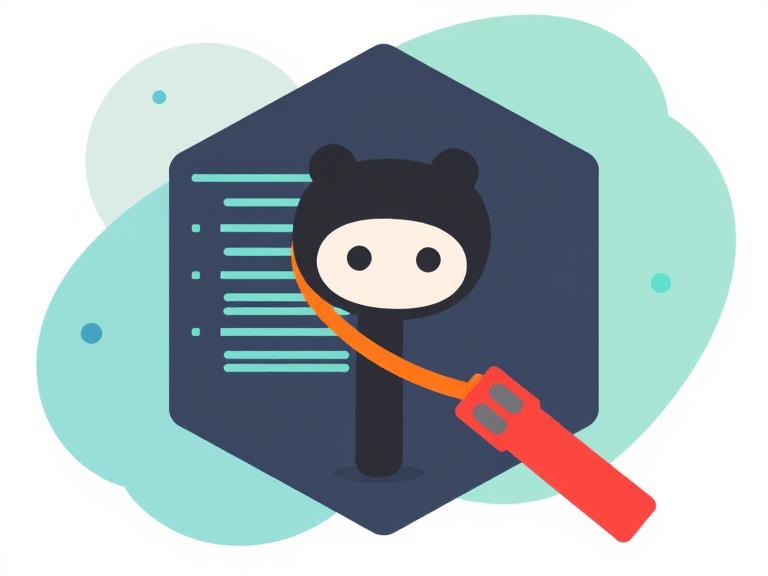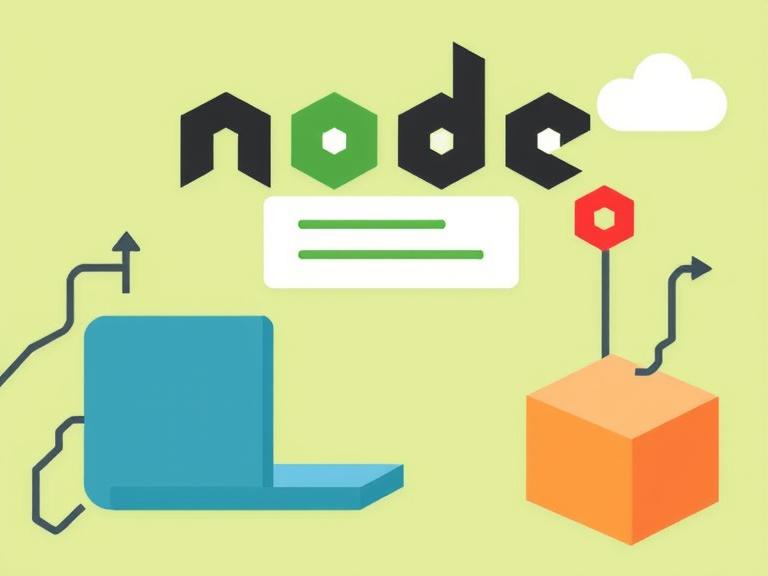Latest Blog
Flutter is an open-source framework developed by Google for building natively compiled applications for mobile, web, and desktop from a single codebase. It’s written in Dart, a language optimized for fast UI development. Flutter has gained immense popularity for its high performance, expressive UI capabilities, and cross-platform development. One of the key advantages of Flutter […]
Object-Oriented Programming (OOP) is a programming paradigm centered around the concept of objects—self-contained pieces of code that contain both data and functions. This approach mimics real-world entities and is widely used in languages like Java, Python, C#, and JavaScript. The four fundamental principles of OOP are: Let’s take an example of a class Car. This […]
Version control is essential in any software development workflow, and Git is the most widely used version control system today. It allows developers to track changes, collaborate on code, and revert to previous versions if necessary. GitHub, a cloud-based hosting service, provides an easy way to share code, manage repositories, and collaborate with others through […]
Creating RESTful APIs with Node.js is a fundamental skill for modern web development. REST (Representational State Transfer) is an architecture style that uses HTTP methods to manage data via URLs. With Node.js, a lightweight and efficient JavaScript runtime, building fast and scalable APIs is straightforward. To get started, you’ll need to install Node.js and a […]
